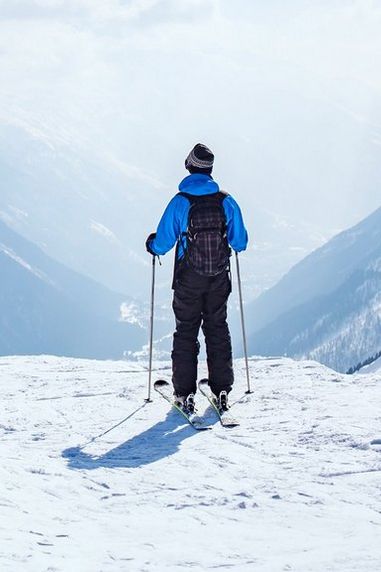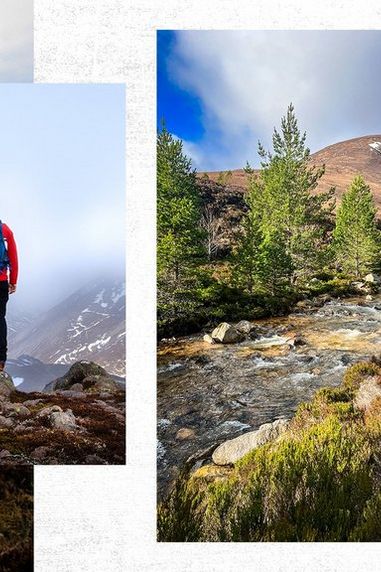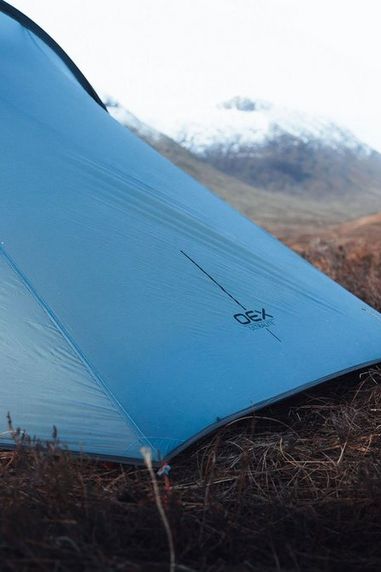
Understanding Maps & Grid References
Getting to grips with the basics of map reading will set you on the right course when adventuring outdoors. The next in the Life Outdoors navigation series looks at how to selecting the right map and using 6 point grid references to help build your confidence out on the hill.
Choosing the Right Map
Ordnance Survey are Britain's mapping agency. They make the most up-to-date and accurate maps of the country.
There are two main map types:
Landranger maps (Pink) - scale 1:50,000 (2 cm = 1km). Ideal for those covering longer distances in a shorter time (drivers, long distance cyclists).
Explorer maps (Orange) - scale 1:25,000 (4 cm = 1km). Ideal for walking, general exploring and other outdoor pursuits.
Ordnance Survey now include with every paper map you buy a mobile download of the same map.

For our outdoor adventures on the hill we need the Explorer maps, easily identifiable by their orange colour. Finding the coverage you need is made easy by the numbering system on all maps, when you go into your local Blacks store you will find a chart with the maps showing the areas different maps cover and the associated number. If you get stuck a member of staff will be on hand to help.
Reading Grid Lines
OS maps are divided into squares; these allow you to find locations and features using grid references. There are two different types of grid references known as four and six figure, with a six figure being the most accurate method.
Reading a grid reference is easy when you know how. The method is often called ‘bottoms up’ or ‘along the corridor and up the stairs’. Both of these are used to signify that when finding a grid reference you should read across the scale first and then up the side.
It is important to remember that the scale on the bottom is repeated on the top, as is the side scale to make finding your grid reference when the map is fully open easier. Therefore if required you can read ‘along the corridor and down the stairs’. The principle remains the same.
‘Always look across first and then up or down’
A four figure grid reference refers to the square to the north east of the point where your two numbers cross. Looking at the image below you can see that the village of Bothel is in the square shown by the grid reference 1838.

Six figure grid references give you a more accurate understanding of an exact position. It goes a step beyond a four figure. To find a six figure you first need to find your four figure reference using the method above.
If we stay with the village of Bothel (four figure: 1838) and use a six figure to find the point at which the pink road (A591) joins the green road.
To find the third and sixth digits for our six figure grid reference we need to divide the square 1838 into ten as we have done for the square next to it. Using this mini scale we can now use the same method as above (along the bottom and up the side to segment the square. The T-junction gives us 2 along the bottom and 5 up the side. We can now place these numbers within the four figure to give us 182,385

See if you can find the feature at the location 192,379 using the image above and let us know what you find in the comments below
Join the conversation and share your map reading tips below or on our Facebook, Twitter or Instagram pages now.





Comments